
GUEST BLOGGER LAURA GEHL
Apple and Magnolia is a fictional story about a little girl named Britta who is convinced the two trees in her yard are best friends. When one of the trees falls ill, Britta is sure the other can help its friend recover. Apple and Magnolia was inspired by real science about tree communicate.
Start by reading Apple and Magnolia to your class. Ask them what they know about tree communication. Do they think trees can actually help one another?
Activity #1: If trees could talk…
Ask your students to think about what trees would say to one another if they could talk. Would they warn about drought? About insects? Would they ask one another to share water or nutrients?
Then ask students to draw a comic strip, either a single panel or multiple panels, with two trees as the characters. What do the they have to say to one another? What are they worrying about? What do they want from each other?
Activity #2: The wood wide web
Tell your students that trees really CAN “talk” to each other. One way is by sending signals through the air. For example, when a giraffe eats the leaves of an acacia tree, that tree will signal to other acacias using ethylene gas. The other trees can then protect themselves from giraffes by pumping tannins into their leaves so that the leaves taste bad.
Another way that trees can communicate is through an underground network.
Ask your students to stand in a circle. Tell them they are the trees in the forest.
Give each student a piece of string. Have them hand the other end of the piece of string to another “tree” on the other side of the circle.
Trees (represented by the students) are connected by huge underground networks of fungi (represented by the string)–the “wood wide web.” This underground “social network” is nearly 500 million years old. Trees can “talk” to each other using this network, can send distress signals through the network, and can share water and nutrients through the network also.
Activity #3: How can humans and trees help one another?
In the story, Apple gives a gift to Magnolia…apples, of course! Brainstorm with your students other gifts that trees give to humans. Examples may include oxygen, shade, fruit, and paper.
Then brainstorm a second list of ways that humans can help trees. Examples may include planting more trees, recycling to limit the number we need to cut down, and being careful with matches/campfires to prevent wildfires.
Activity #4: How can we help our friends like Apple helps Magnolia?
As your students to think about how people help their friends, just like Britta is sure Apple helps Magnolia in the book. Ask them to write about a time they helped a friend or a time a friend helped them.
Laura Gehl is the award-winning author of more than thirty books for young readers, including One Big Pair of Underwear, Who Is a Scientist?, and The Hiking Viking. A former science and reading teacher, Laura loves visiting schools to talk to students about books and STEM. She also loves hearing from teachers about how they have used her books in the classroom. When she is not reading or writing, Laura likes to spend time outdoors, travel, and eat ice cream. Connect with Laura at www.lauragehl.com and @AuthorLauraGehl on Twitter and Instagram.


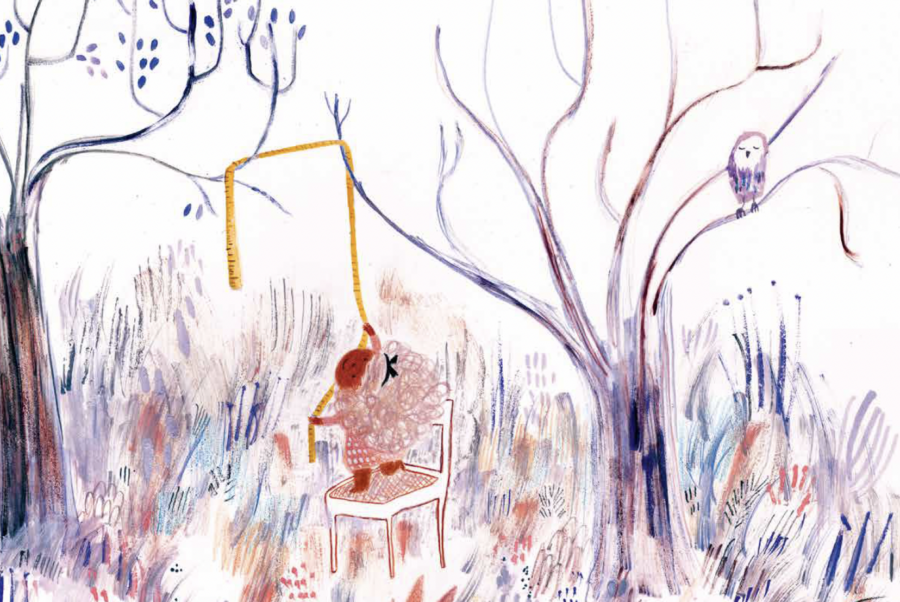

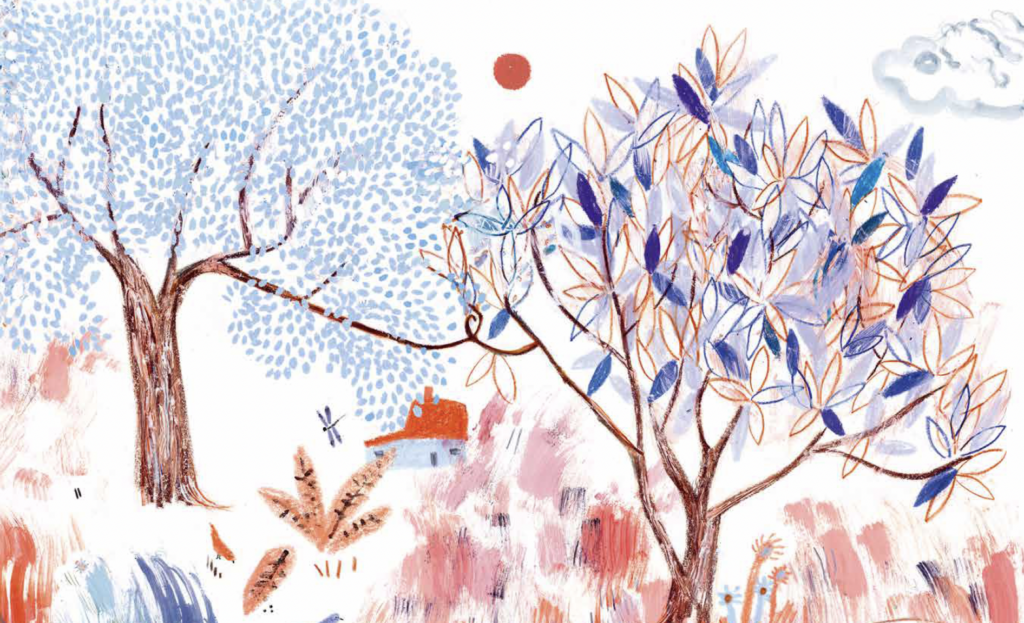
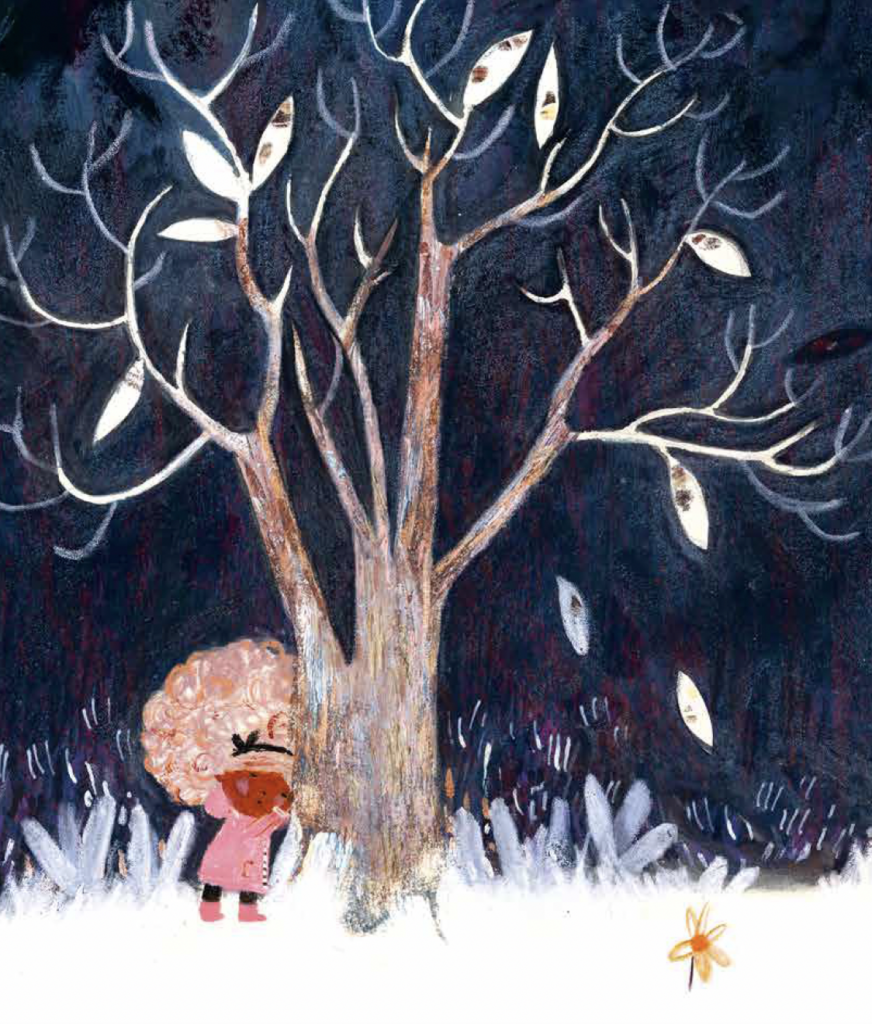

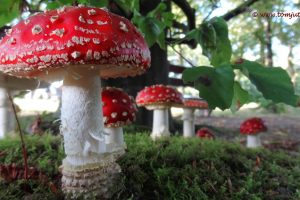
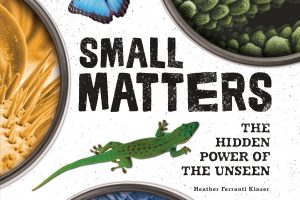



Leave a Reply
Your email is safe with me.